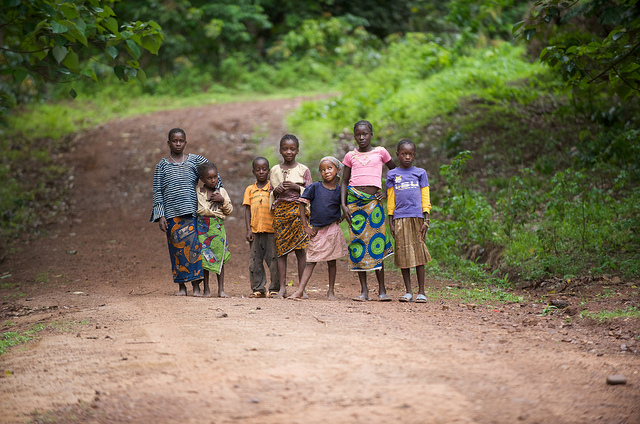
At the end of May 2017, 14 of the richest people in the world joined a coalition of like-minded individuals in the Giving Pledge, an organization dedicated to providing a large portion of their fortunes to philanthropic endeavors.
The Giving Pledge was created by Bill and Melinda Gates and Warren Buffett in 2010. It strives to offer encouragement to the world’s wealthiest to provide aid to causes that address the greatest issues society faces today.
With the addition of these 14 individuals, the Giving Pledge now has 168 signatories spanning 21 different countries who have committed their wealth. They are committed to being a multinational and multigenerational organization (with members ranging in age from 31 to 93) that spans both distance and time in order to promote philanthropic goals.
This new group of initiates joins the Giving Pledge from diverse regions around the globe including Tanzania, Cyprus, Australia, Slovenia, China and the United States. Though these individuals come from all corners of the world, their ultimate drive of providing aid to those in need gives them a common goal.
“Philanthropy is different around the world, but almost every culture has a long-standing tradition of giving back,” Melinda Gates, Co-Chair of the Bill and Melinda Gates Foundation, said.
The 14 new individuals that have dedicated themselves to the Giving Pledge are:
- Leonard H. Ainsworth – Australia
- Mohammed Dewji – Tanzania
- Dagmar Dolby – United States
- DONG Fangjun – People’s Republic of China
- Anne Grete Eidsvig and Kjell Inge Rokke – Norway
- Sir Stelios Haji-Loanno – Monaco, Cyprus
- Nick and Leslie Hanauer – United States
- Iza and Samo Login – Slovenia
- Dean and Marianne Metopoulos – United States
- Terry and Susan Ragon – United States
- Nat Simmons and Laura Baxter-Simons – United States
- Robert Fredrick Smith – United States
- Harry H. Stine – United States
- You Zhonghui – People’s Republic of China
“Bill and Warren and I are excited to welcome the new, very international group of philanthropists joining the Giving Pledge, and look forward to learning from their diverse experiences,” Melinda Gates said.
These new members will join other notable individuals, including Michael R. Bloomberg (founder and CEO of Bloomberg LC), Richard Branson (Virgin and its subsidiaries) and George Lucas (director and creator of Star Wars), in their philanthropic endeavors.
Signatories of the Giving Pledge meet throughout the year to discuss philanthropic strategies, successes and failures. The group does not require members to participate in any particular cause.
– Drew Hazzard
Photo: Flickr
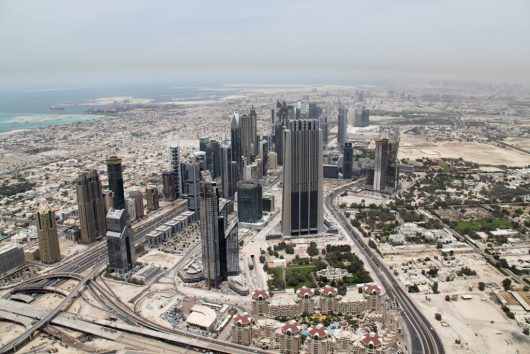 From a small pearl fishing village to one of the
From a small pearl fishing village to one of the 
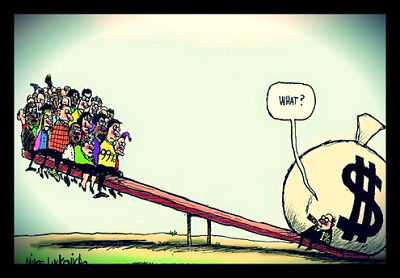
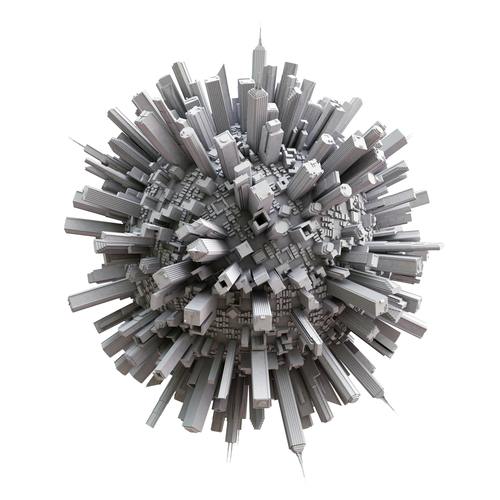
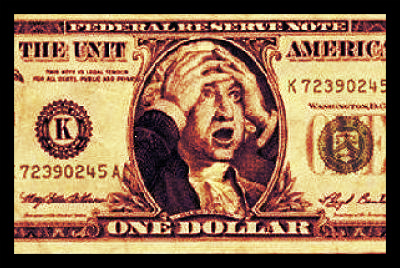
 The gap between rich and poor is widening. It takes money to make money, and so inequality is becoming exacerbated as the rich get richer.
The gap between rich and poor is widening. It takes money to make money, and so inequality is becoming exacerbated as the rich get richer.